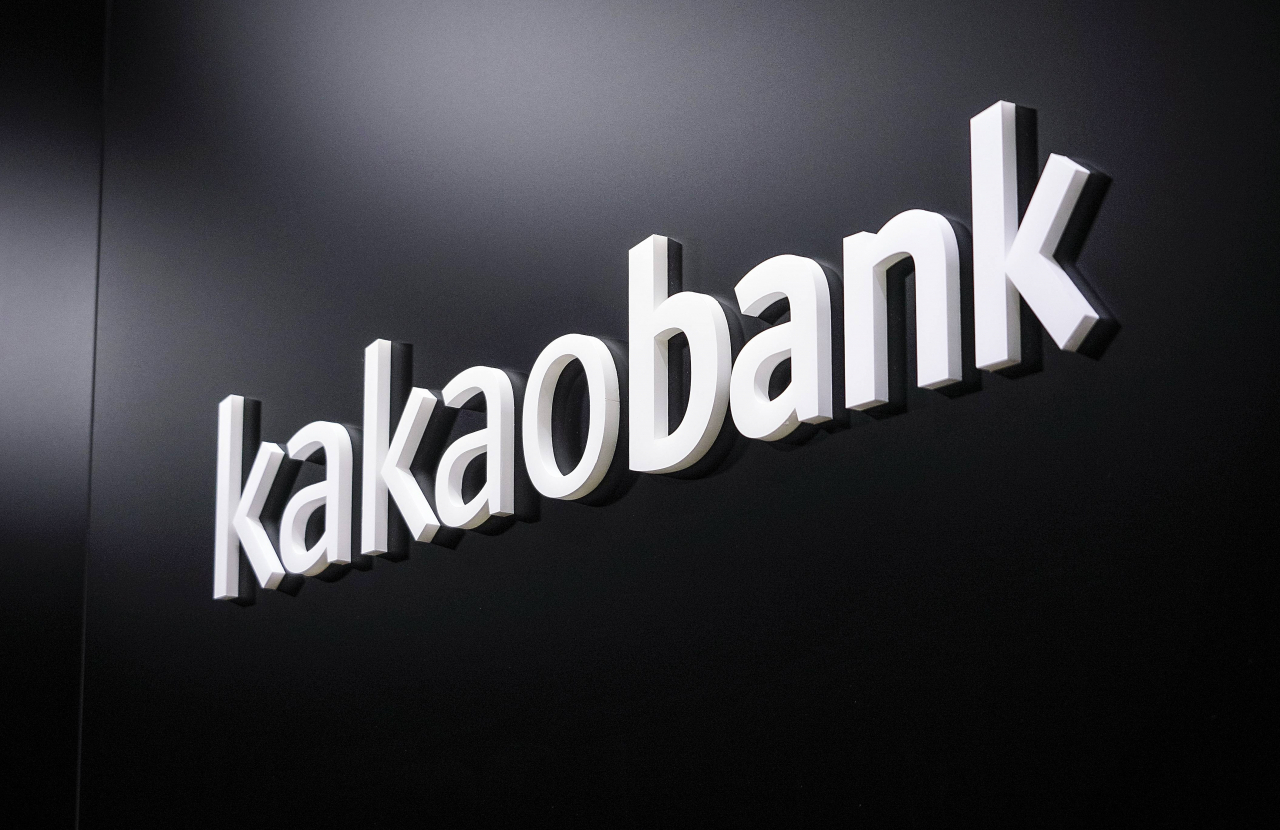 |
Kakao Bank's logo (Kakao Bank) |
Kakao Bank, an internet-only bank, announced Wednesday that it achieved a record-high net profit of 279.3 billion won ($214.12 million) during the first three quarters of the year, thanks to increased lending to borrowers attracted by its low interest rates.
This represents a 37.9 percent increase from 202.5 billion won it recorded during the same period a year ago.
"We pursued sustainable growth through balanced deposits and loans in the third quarter, along with stable risk management,” a Kakao Bank official said.
When looking at the third quarter figure alone, Kakao Bank recorded a net profit of 95.4 billion won. Although it fell short of the record set in the first quarter, which amounted to 101.9 billion won, it increased by 21.2 percent compared to the third quarter of 2022, which recorded 78.7 billion won.
As of the end of the third quarter, cumulative operating profit reached 375.7 billion won, marking a 40.5 percent increase compared to the same period last year when it reached 267.4 billion won.
Kakao Bank has been offering lower interest rates than other banks this year, leading to an expansion of its loan assets.
As of the end of the third quarter, Kakao Bank's loan balance had increased by 9.6 trillion won, or 34.9 percent, compared to the same period in 2022, reaching 37.1 trillion won.
During the first three quarters, the deposit balance also increased from 34.6 trillion won to 45.7 trillion won, a growth of 11.1 trillion won, or 32.1 percent.
Among different loans, the most significant increase was seen in mortgage loans, including loans for both "wolse" and "jeonse.”
In Korean, wolse refers to monthly rent, where tenants pay a deposit along with monthly rent to reside in the property. On the other hand, jeonse allows tenants to rent a home without making monthly payments to the landlord. Instead, the jeonse tenant pays a lump-sum deposit.
As of the end of the third quarter, Kakao Bank's mortgage loan balance was 19.86 trillion won, a 6.57 trillion won, or 49.4 percent, increase compared to the figure at the end of last year which was 13.29 trillion won.
Despite a significant hike in loans, the internet-only bank's overall financial stability improved due to mortgage loans, which have collateral.
The delinquency rate at the end of the third quarter was 0.49 percent, a 0.03 percentage point decrease from the second quarter which had 0.52 percent.
The balance of mid- to low-credit loans also increased from 3.24 trillion won to 4.95 trillion won during the same period, marking an 853.9 billion won, or 26.3 percent, increase.
The proportion of mid- to low-credit loans to household credit loans is at an all-time high of 28.7 percent.
However, Kakao Bank still failed to live up to its annual target of 30 percent, indicating that it will need to expand mid- to low-credit loans in the remaining fourth quarter.
“We will put our efforts to support financially vulnerable groups, including expanding mid- to low-credit loans and assisting small business owners, based on digital innovation,” the Kakao Bank official said.
This target is important because three internet-only banks in Korea were granted their licenses on the condition that they would serve the purpose of providing financial services to underserved individuals, including those with mid to low credit.
This is also why financial authorities in August criticized internet-only banks for their overreliance on mortgage loans for growth.
"Internet-only banks have a policy purpose of providing funds to those with insufficient financial transaction history, so there are criticisms over the current concentration on mortgage loans," said Financial Supervisory Service Gov. Lee Bok-hyun.







![[Weekender] Korea's traditional sauce culture gains global recognition](http://res.heraldm.com/phpwas/restmb_idxmake.php?idx=644&simg=/content/image/2024/11/21/20241121050153_0.jpg)